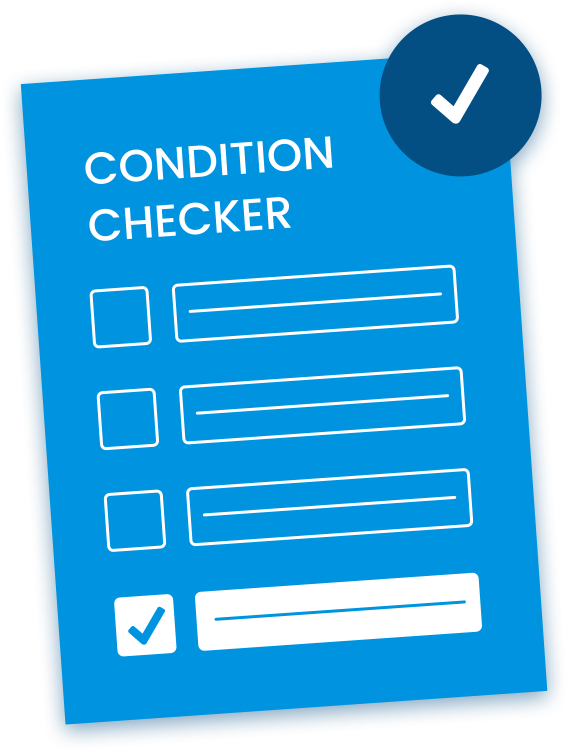Golfer’s Elbow
Find out which possible conditions you may be suffering from by trying our 2-min Guided Pain Assessment Form!





There’s a commonly held misconception that golfer’s elbow is exclusive to golfers. Unfortunately, the condition has a farther reach than just that. Golfer’s elbow can affect anyone who partakes in repetitive hand, wrist, or forearm movements.
Other than golf, for example, there are plenty of sports that involve these kinds of movements, including tennis, baseball, and bowling. In fact, another common name for golfer’s elbow is pitcher’s elbow.
Of course, outside of the sports world, there are other facets of life that involve repetitive motions of these body parts. For instance, golfer’s elbow is also known to affect people who regularly use screwdrivers, paintbrushes, and rakes.
Much like its more well-known brother—tennis elbow—golfer’s elbow is a form of tendinitis. Tendinitis is a nasty injury that involves the inflammation or agitation of a tendon (the structure in the body that attaches muscles to bones). Specifically, with golfer’s elbow, the tendons in question are responsible for connecting the elbow to the forearm. The pain from this condition originates from the epicondyles, which are the bony bumps at the bottom of the humerus. Exerting the fingers or twisting the wrist will cause irritation to these structures, which leads to discomfort.
If you suspect that you have golfer’s elbow, then you should contact NJ Spine & Orthopedic at (855) 586-2615. While it may be true that the primary mode of treatment for this condition is pain medication and rest, a trained professional will be able to give you further advice on how to address your injury. For example, there are highly specific strengthening and flexibility exercises for golfer’s elbow that our doctors will be able to prescribe to you.
Being a tendonitis injury, we know that golfer’s elbow occurs due to repetitive strain on certain body parts—in this case, your wrists and fingers. Aside from exerting too much force on these structures on a regular basis, you may also find yourself with golfer’s elbow if you exhibit the following:
But, maybe you don’t play sports at all. Sadly, golfer’s elbow may find you at the gym as well. For example, if you like to lift heavy weights, you can easily injure the tendons in question. Especially if you neglect to use proper lifting technique.
For instance, a common mistake made by inexperienced weightlifters is curling the wrists while working out the biceps. This applies unnecessary stress to both the elbow muscles and the adjacent tendons.
Of course, for muscle in your body, you can be guaranteed that there is at least one occupation out there that involves repetitive stress to that specific structure. You use your wrists and fingers to accomplish a lot of different tasks. In other words, golfer’s elbow has a way of finding you even if you don’t exercise or play sports.
Additionally, you may be at a higher risk of developing the condition if:

Find your condition with our 2-minute Condition Checker.
Tendonitis injuries do not tend to deviate very much when it comes to the negative symptoms that manifest with them, including the following:
Golfer’s elbow may occur with a sudden or gradual onset, so it may not always be immediately apparent that you have this condition. If you don’t find relief through rest and pain medication, then you should seek out medical consultation. Furthermore, in some instances, it may be necessary to seek out immediate medical evaluation. For example, if your elbow appears deformed, or if you have a fever along with your elbow inflammation, then you should seek immediate care.

Discover which treatment options are right for you with our Treatment Finder.
When it comes to golfer’s elbow, the best form of treatment is prevention. There are a number of ways to do this. In fact, it is quite likely that you already are taking preventative measures against injury and don’t even know it! For instance, if you are already practicing proper lifting and form techniques—or if you take breaks at the first signs of elbow pain—then you are on the right track. Additionally, if you have some of the risk factors for the condition, then it may also be a good idea to perform some forearm strengthening exercises to combat this.
But, maybe you already have golfer’s elbow and are wondering what to do. Thankfully, there are treatment options available to you that you can implement at home, such as the following:
Typically, doctors perform a medial epicondyle release to treat golfer’s elbow. This procedure involves removing the affected tendon (or a portion of it) and replacing it with a healthy donor tendon.
If your golfer’s elbow has not improved with conservative treatment methods, please contact NJ Spine & Orthopedic at (855) 586-2615. Our team of highly trained surgeons and medical staff are well-versed in the most up-to-date and minimally invasive procedures. You can rest assured in knowing that we will put you on an individual care plan that is tailored to your unique needs. Contact us today!

Determine your eligibility with our Candidacy Verification.
CONTACT
Phone: 855.586.2615
Current Clients: 855.706.1011
NJ Spine and Orthopedic is dedicated to delivering minimally invasive laser spine surgeries to eliminate the pain, discomfort, and dysfunction of numerous conditions of the neck and back.
OVERVIEW
LOCATIONS
Copyright © 2025 NJ Spine & Orthopedic